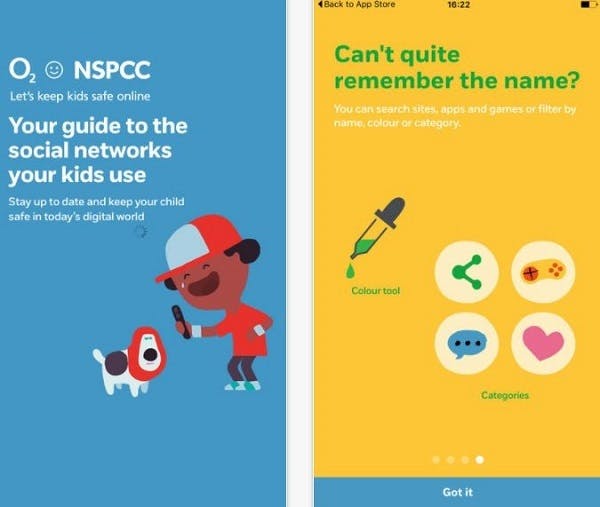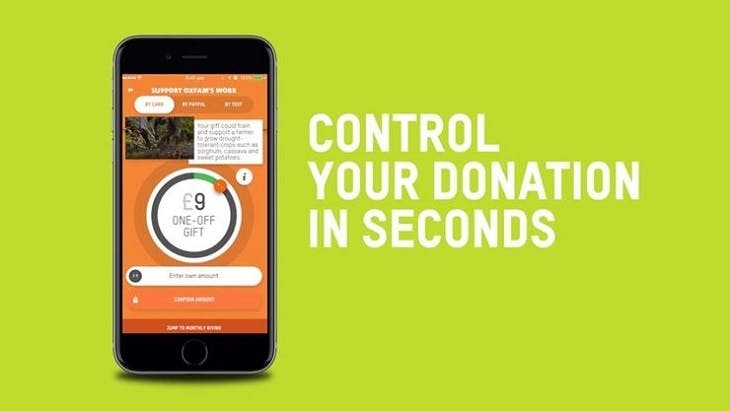With mobile usage at an all-time high, charities could be losing out as a result of a lack of focus in this channel. Apps are another area that remain largely underused, with just 25% of charities accepting donations via their mobile apps. Of course, fundraising is just one benefit, alongside the potential for increased awareness, engagement, and advocacy.
So, why exactly should charities consider investing in apps, and what does a successful one look like?
Here’s more on the current situation, plus examples of a few charities that are leading the way when it comes to mobile.
Reaching a younger demographic
Research suggests that millennials are spending less than previous generations. However, when they do spend, this demographic is reported to favour brands that promote corporate responsibility and social good. Unsurprisingly, technology is also highly important to younger generations, with the majority preferring digital payment methods rather than cash.
This also translates to charitable giving. According to a survey by Moneymailme, 72% of 18 to 25 year-olds would give to charity via a mobile app if they had the option to do so. Meanwhile, 62% say they would feel frustrated if they were forced to donate another way, such as with cash or via the telephone.
The United Nations World Food Programme (WFP) is one charity that has successfully tapped into the mobile payments trend, launching its ‘Share the Meal’ app to directly fight against child hunger.
By simply tapping in the app, users are able to donate 50 cents (or 35p), which is enough to provide a child with enough nutrition for a day. The idea is that whenever a user sits down to eat, they can quickly and easily donate and share their meal with someone in need, with the app providing a tangible and on-going way to give back.
This #CyberMonday commit to using technology for good! All it takes is the @sharethemealorg app, $0.50, and a tap on your smartphone to feed 1 child for 1 day. https://t.co/X1vV9sladC pic.twitter.com/c8ZeR7rqTB
— ShareTheMeal (@ShareTheMealorg) November 27, 2017
While younger generations clearly value this kind of payment technology, not everyone will appreciate the hassle of downloading an app just to make a donation. Charities need to ensure that the option is there across all channels, with an app perhaps serving as a way to access complementary and additional features like the ability to track donations or have greater control over giving.
Tapping into user need
While fast and easy donations are an obvious benefit of mobile apps, this is not the only reason charities should think about developing one. Regardless of industry, apps can provide consumers with a more meaningful brand experience, with rich and engaging content helping to inform, educate, and even entertain users.
For charities, the key is to create an app that will solve a specific problem or provide a relevant service for the user. After all, charities provide value in different ways. One person might look to a charity for advice on their own fundraising, for example, while another might be an end user looking for help and advice about a difficult issue in their life.
When it comes to developing an app (or multiple apps), charities must figure out how to address specific needs – or separate the most pressing. One example of an app that effectively does this is NSPCC’s ‘Net Aware’, which helps parents navigate the confusing world of social media and how it could potentially affect their children. The app’s core aim is to educate, providing a safety guide on the various sites, games, and social media apps for young people. As well as reviews, the app provides parents with information on privacy setting and blocking, plus news and developments on emerging or concerning sites.

By tapping into a specific problem, the NSPCC is able to instil awareness in a target audience, and by providing relevant and helpful information, it could also increase general support and loyalty to the charity.
Assisting fundraisers
Alongside driving direct and one-off donations, apps can also be a helpful companion for charity supporters during longer-term fundraising initiatives.
The JustGiving app is a good example of this, allowing users to enhance their fundraising efforts on-the-go. According to the charity, users are likely to raise 6% more if they post updates to their page. The app makes this easier to do, meaning there is certainly incentive for people to download.

Similarly, it also allows users to find friends on social media, as well as discover other charities and directly donate via the app.
An even better example of an app assisting fundraisers is Team NSPCC, which is specifically designed to help London marathon runners. As well as tracking elements, it also places a big focus on additional help and advice. Users can discover ideas for fundraising both on and offline, as well as chat with other runners to share tips.

Building a virtuous cycle
One of the biggest barriers for charities is consumer worry about where money is going – as well as anxiety about being committed to regular payments (and being unable to stop it).
One of the most effective marketing tactics by charities is to demonstrate value, instilling the feel-good factor in consumers by highlighting the impact of their input.
With the ability to integrate personalisation and tailored elements, an app can be an effective way to do this. The My Oxfam app is a good example, providing users with lots of information about the people that have and continue to benefit from donations. It also allows users to control the amount they give with a simple swipe, and finally, there is also a real-time element, alerting users to current and on-going crises (along with the option to provide support).
Overall, this helps to reassure users and build trust in the charity, with the technology also serving to forge a personal connection.

Tips for success
So, what’s the difference between success and failure for charity apps? Here are a few key takeaways:
Relevance
Charity apps should be built around the user need – not simply the ability to donate money. Whether it’s fundraising ideas, help and advice, or storytelling, it is vital that charities provide some kind of additional value to encourage users to regularly engage with the app.
Ease of use
It’s pretty self-explanatory, but if a mobile or desktop site is easier to use, an app is unlikely to succeed. It should always offer users an incentive or reason to choose it over another channel, for example, fast and easy access, greater personalisation or richer content.
An ongoing journey
Unlike ecommerce apps, which entice shoppers back with the promise of new products or offers, charity apps are in more danger of user apathy. This is because people could be more inclined to feel like they’ve done their bit, with no real need to continue. As a result, apps should strive to create the need for a continuing journey. This could be through post-donation communication (e.g ‘thank you’ notifications) and content.
Related reading:

Comments